‘Caroline’ will spend next two years drilling toward Euston
A 2,000-tonne tunnel boring machine (TBM) named after the world’s first professional female astronomer has begun its five-mile journey carving a tunnel under London for HS2.
Building was in attendance yesterday as HS2 civils delivery director Mike Lyons switched on the cutter head of “Caroline” after Caroline Herschel.
The 140m-long machine is the fifth launched across the project and the second in London, following on from “Sushila”, which set off earlier this month from the same site in West Ruislip.
Operated by a crew of 15 working in shifts, Caroline will make slow progress initially, moving just 10-15mm per minute as it breaks through the concrete wall to get to London clay – Sushila is already close to hitting this milestone.
After that, the pair will move an average 14m per day, progressively installing more than 4,000 tunnel segment rings each to create the twin-bore Northolt Tunnel.
The two TBMs will drill non-stop, except for Christmas Day for about two years, eventually reaching Greenpark Way, where they will be dismantled and extracted from a 40m deep shaft.
>> Also read: Clouds gather over HS2: What would cutting Britain’s biggest infrastructure project mean for the industry?
James Richardson, managing director of Skanska Costain STRABAG JV (SCS JV), which is the main works civils contractor building the HS2 tunnels in London, said he was “delighted to have begun our tunnelling journey towards Euston”.
“Getting to this point has been a huge team effort and the scale of this programme has enabled many new people to join the industry and work on this crucial national infrastructure project,” he said.
The machine’s name was chosen by pupils at Brentside Primary Academy in Ealing. Civils delivery director Lyons explained that the children had been “inspired by her contribution to astronomy whilst learning about earth and space in their science lessons”.
The German-born British astronomer discovered three new nebulae and in 1786 she became the first woman ever to discover a comet, later being awarded the Royal Astronomical Society’s gold medal for her work.






















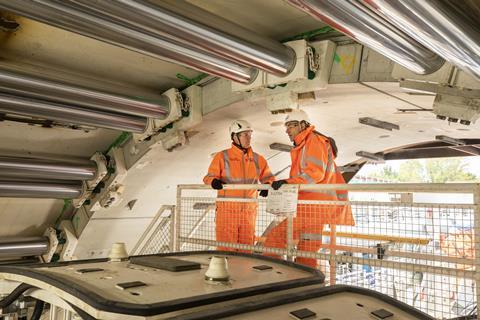
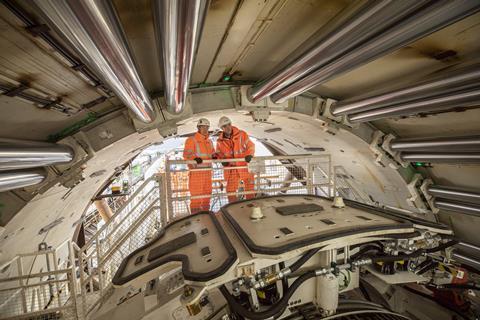
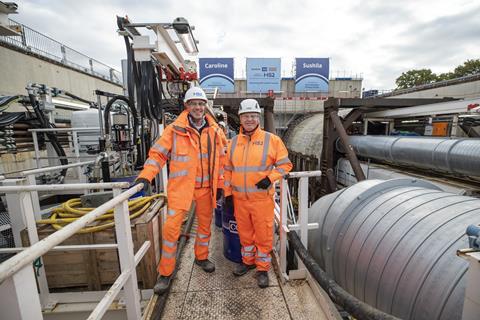

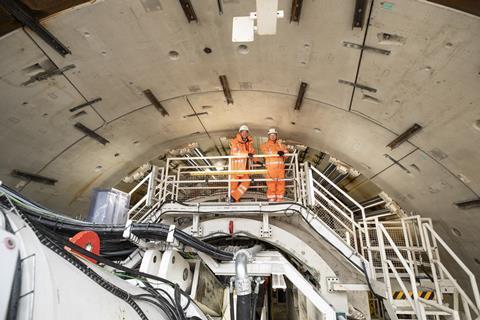

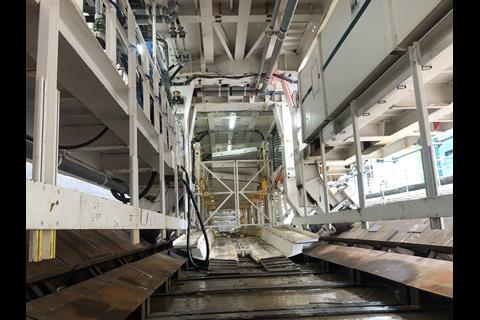
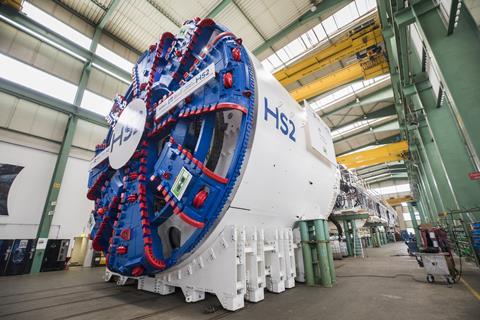
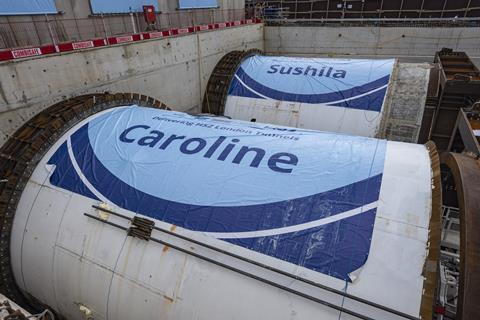
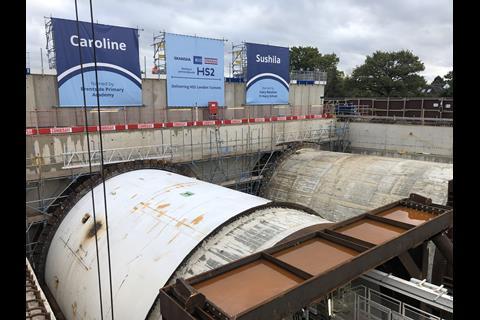








No comments yet